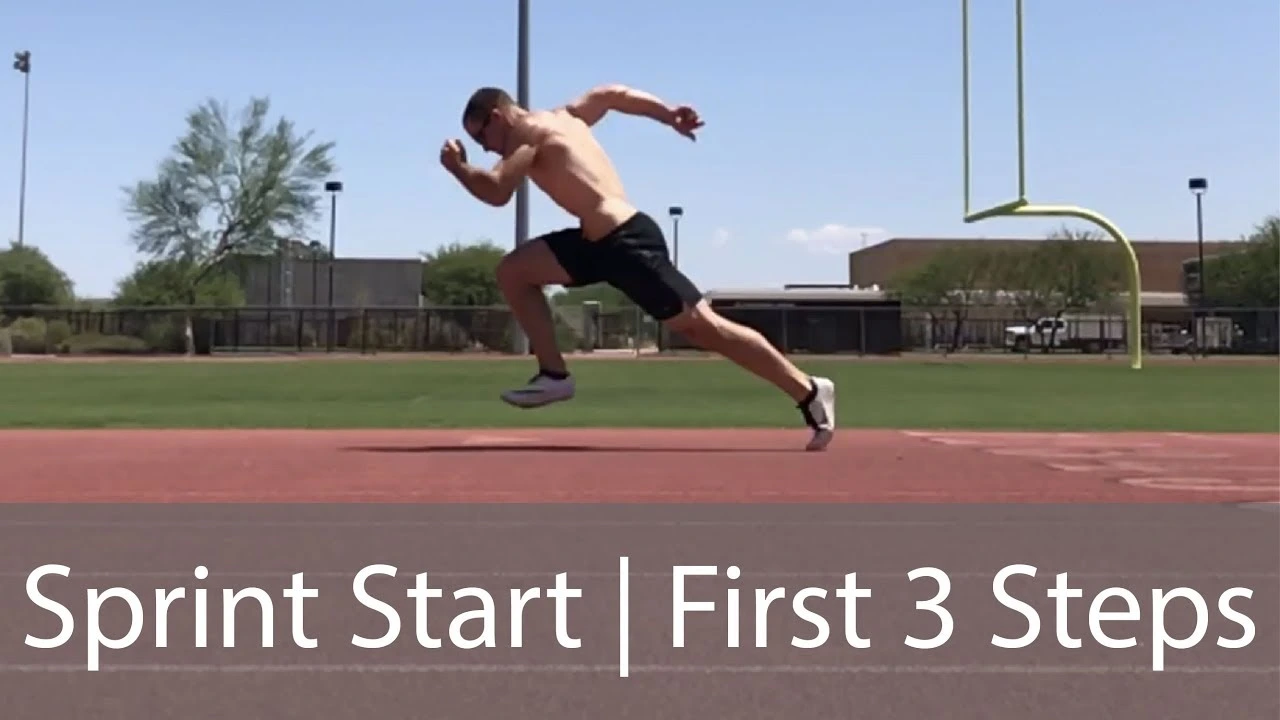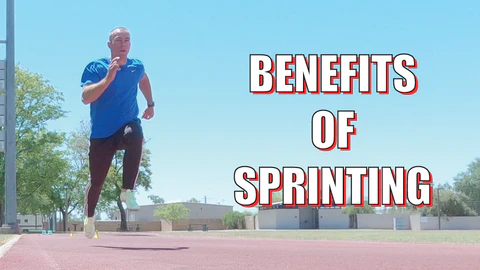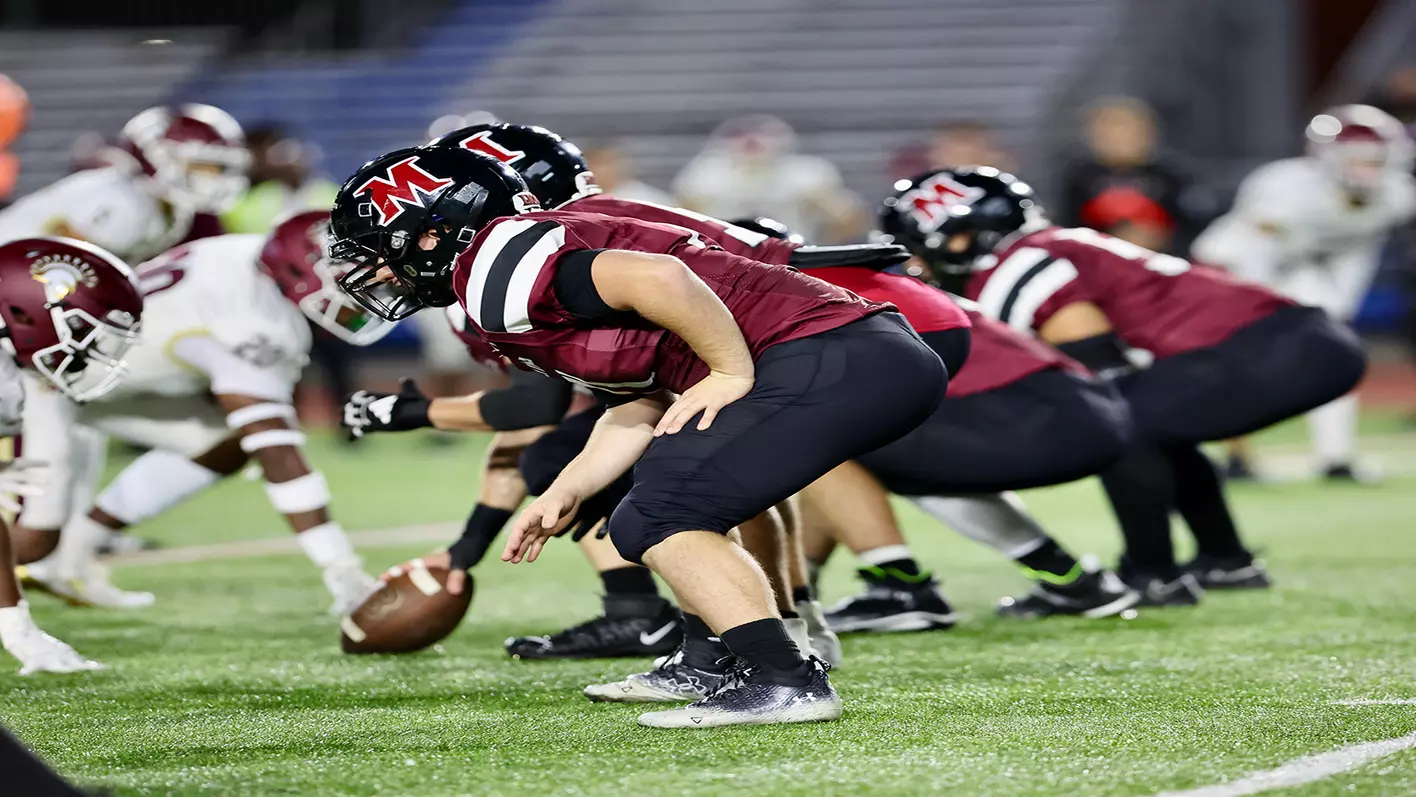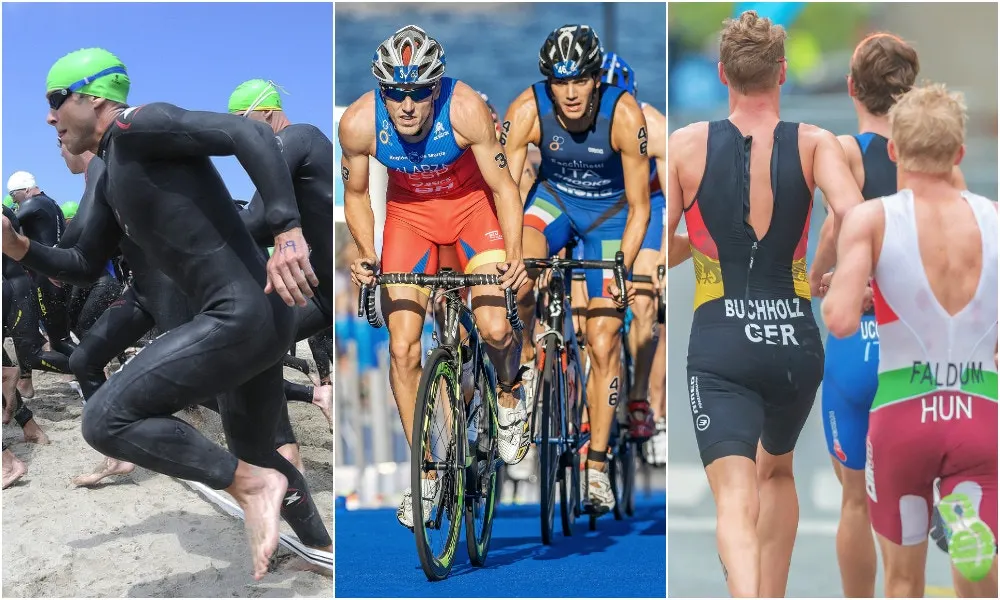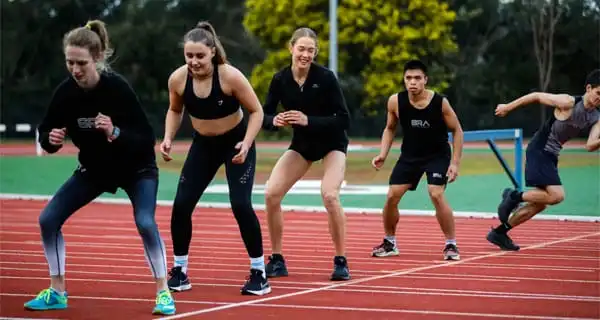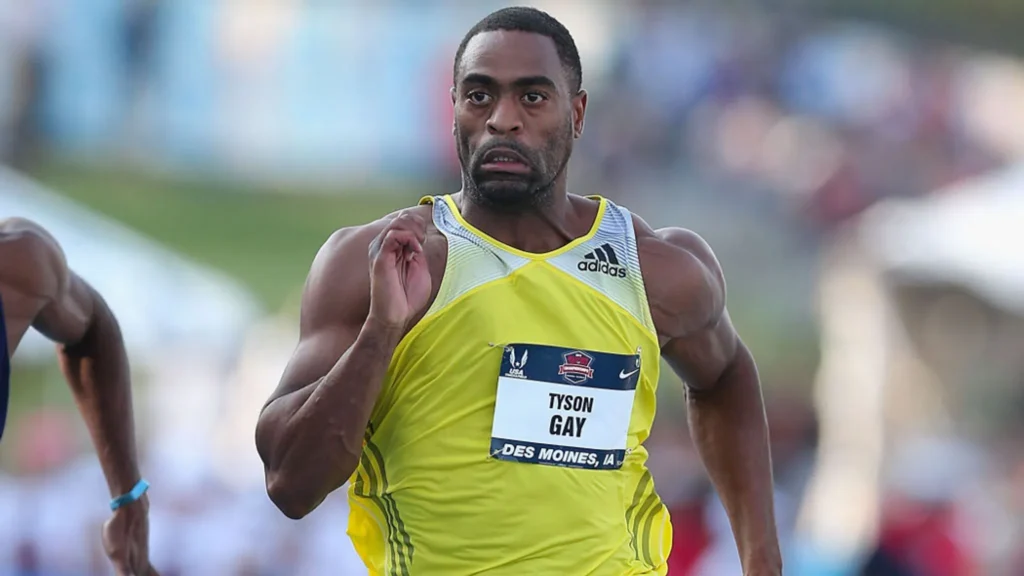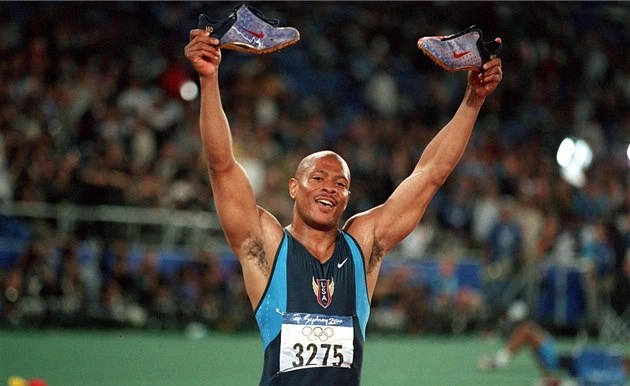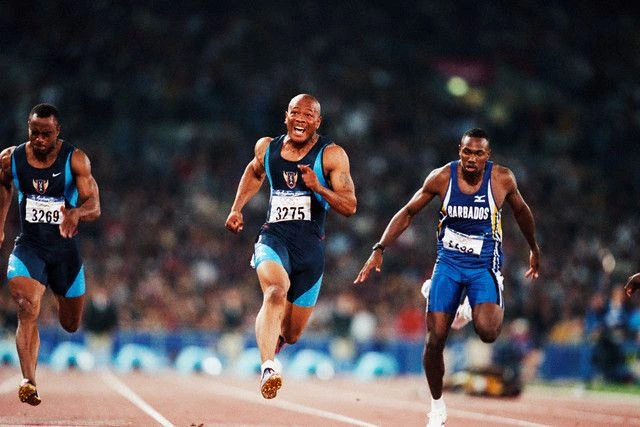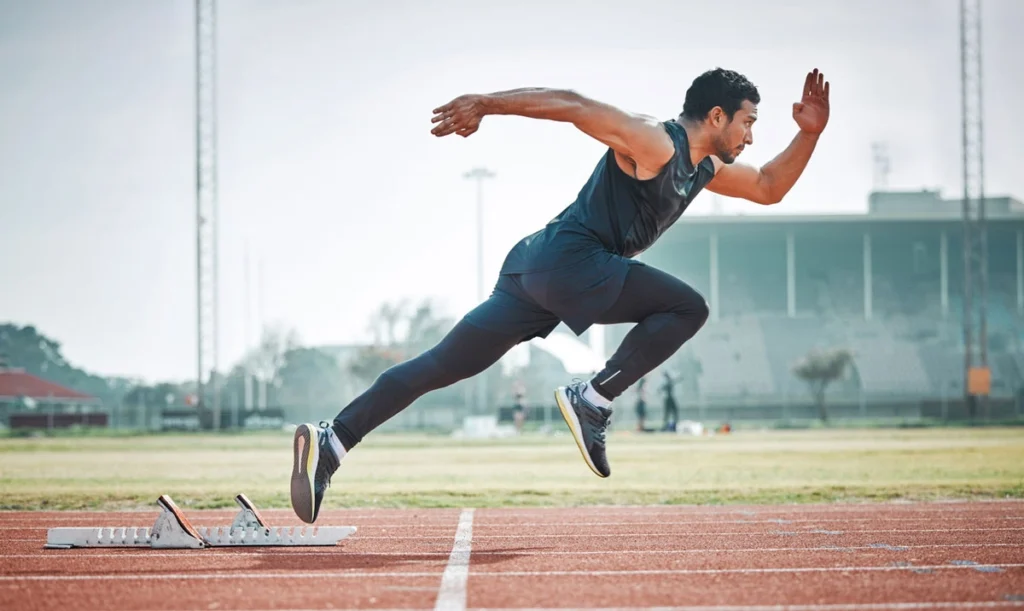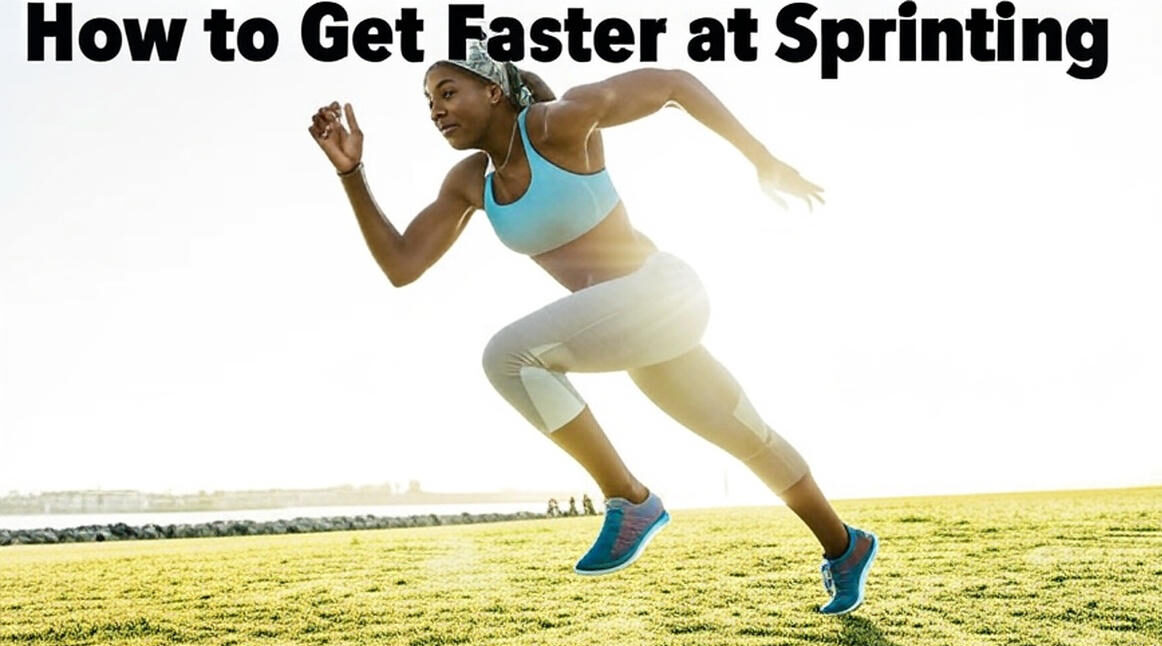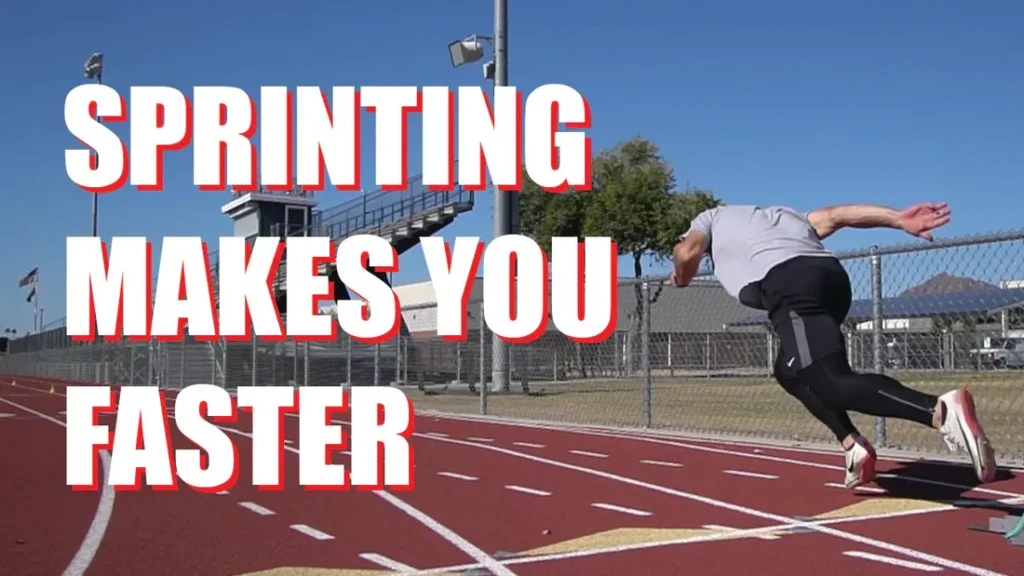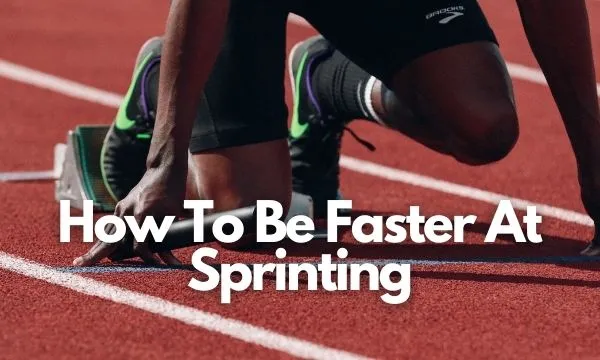The sprint drag carry is a cornerstone of modern military fitness, designed to test a soldier’s strength, endurance, and agility under pressure. This demanding event is a key component of the Army Combat Fitness Test (ACFT), simulating the physical challenges faced in real-world combat scenarios. It’s more than just a workout; it’s a measure of your ability to perform under fatigue, combining multiple functional movements into one grueling test.
This guide will break down every aspect of the sprint drag carry, from the exact sequence of events to pro tips that will help you shave seconds off your time and dominate the test.
Whether you’re a new recruit preparing for basic training or a seasoned soldier aiming to max out your score, understanding the nuances of this event is critical. We will cover the specific distances, weights, and techniques required, ensuring you are fully prepared for what to expect.
Key Takeaways
- The sprint drag carry is a five-part event consisting of a sprint, sled drag, lateral shuffle, kettlebell carry, and a final sprint.
- It is designed to replicate common combat tasks like moving to cover, evacuating a casualty, and carrying essential equipment.
- Proper technique is crucial for both safety and achieving a fast time. Common mistakes can lead to penalties or even injury.
- Scoring is based on the total time taken to complete all five shuttles, with the sprint drag carry max time varying by age and gender to pass.
- A targeted training plan that builds muscular strength, anaerobic endurance, and grip strength is essential for success.
What is the Sprint Drag Carry?
The sprint drag carry (SDC) is a high-intensity test of functional fitness and one of the most dynamic events in the army sprint drag carry portion of the ACFT. It involves a series of five 25-meter shuttles, making the total sprint drag carry distance 250 meters. Each shuttle requires you to perform a different task, testing various aspects of your physical capabilities. The event is performed continuously against the clock.
This test isn’t just a random collection of exercises. Each component is specifically chosen to mimic essential soldier tasks. From reacting to fire and moving quickly to a new position, to dragging a fellow soldier to safety or transporting supplies across the battlefield, the SDC assesses your readiness for the physical demands of combat. It measures your muscular strength, endurance, and anaerobic power all at once.
The Purpose of the ACFT Sprint Drag Carry
The primary goal of the acft sprint drag carry is to provide a comprehensive assessment of a soldier’s ability to perform in high-stress situations. It moves beyond traditional push-ups and sit-ups to evaluate functional fitness that translates directly to the battlefield.
- Anaerobic Capacity: The SDC is a short, intense burst of effort that pushes your body to its limits, measuring your ability to work without a steady supply of oxygen.
- Muscular Strength & Endurance: You need the strength to pull a heavy sled and carry kettlebells, plus the endurance to keep moving without rest.
- Agility and Coordination: Quickly changing direction and switching between different movements requires coordination and balance.
- Mental Toughness: Pushing through the fatigue and discomfort of the SDC builds mental resilience, a critical attribute for any soldier.
Breakdown of the Sprint Drag Carry Event
The sprint drag carry is a sequence of five distinct tasks performed back-to-back over a 25-meter course. You will start in a prone position and finish by sprinting across the start/finish line. Here’s a step-by-step look at what you’ll be doing.
1. The First Sprint (2 x 25m)
The event kicks off from a prone position. On the command “GO,” you will jump to your feet and sprint 25 meters down the lane. You must touch the 25-meter line with both your foot and your hand. After touching the line, you turn and sprint back to the starting line. This first leg is all about explosive power and acceleration. Getting a quick start here sets the pace for the entire event. Don’t coast on the way back; maintain your speed all the way through the line.
2. The Sled Drag (2 x 25m)
Once you cross the starting line, you immediately transition to the sled drag. You will grasp the pull-straps of a 90-pound sled and drag it backward for 25 meters. The key here is to maintain a low center of gravity. Stay low, take short, choppy steps, and use your leg and hip power to drive backward. Once the entire sled crosses the 25-meter line, you will turn it around and pull it back to the start. It is crucial that the entire sled crosses the line before you turn.
3. The Lateral Shuffle (2 x 25m)
After dragging the sled back across the start line, you will immediately perform a lateral shuffle. You will move sideways for 25 meters, ensuring your feet do not cross over each other. Just like the first sprint, you must touch the 25-meter line with your hand and foot. Then, you will shuffle back to the start line, leading with the opposite foot. This movement tests your lateral quickness and hip stability, which are vital for maneuvering in tight spaces.
4. The Kettlebell Carry (2 x 25m)
Next, you will pick up two 40-pound kettlebells. This is a crucial test of your grip strength and core stability. With one kettlebell in each hand, you run the 25-meter distance, step on or over the turn line, and run back to the start line. Keep your chest up and your back straight. Avoid letting the weights swing wildly, as this wastes energy. If you drop a kettlebell, you must stop and pick it up from that spot before continuing. Control is just as important as speed in this segment.
5. The Final Sprint (2 x 25m)
After placing the kettlebells back on the ground (do not throw them), you immediately transition into the final leg: another 25-meter sprint down and back. This is the ultimate test of your will. Your lungs will be burning and your legs will feel heavy, but this is where you can make up valuable time. Explode off the line, touch the 25-meter mark with your hand and foot, and give everything you have left on the final sprint back to the finish line. Your time stops as soon as you cross the line.
Understanding Sprint Drag Carry Weight and Equipment
The equipment for the sprint drag carry is standardized to ensure a fair and consistent test for every soldier. The specific weights are chosen to simulate the load of typical combat gear and the physical effort required to move a casualty.
Equipment List:
- Sled: A specialized sled with pull straps, loaded to a total sprint drag carry weight of 90 pounds.
- Kettlebells: Two 40-pound kettlebells, for a total of 80 pounds.
- Course: A flat, 25-meter lane marked with a start/finish line and a turn-around line.
It’s important to train with the exact weight you’ll be tested with. Practicing with lighter weights might make you feel fast, but it won’t prepare you for the true strain of the event. Likewise, training with much heavier weights can be a good way to build strength, but you should always return to the standard weight to perfect your technique and pacing.
Sprint Drag Carry Scoring and Standards
Scoring for the sprint drag carry is straightforward: your time is your score. The faster you complete the 250-meter course, the more points you earn. The Army uses a points-based system, with scoring tables that vary based on age and gender.
To pass the ACFT, you must score a minimum of 60 points on each event. A perfect score of 100 points requires an exceptionally fast time.
Sprint Drag Carry Max Time and Minimums
The sprint drag carry max time allowed to achieve a passing score (60 points) differs for various age and gender brackets. For example, males in the 17-21 age group typically need to finish in under 3 minutes, while females in the same age group might have a max time closer to 3 minutes and 30 seconds. To earn 100 points, times often need to be well under 2 minutes.
Here is a simplified sample of what the scoring might look like for the 17-21 age group:
| Points | Male Time | Female Time |
|---|---|---|
| 100 | 1:33 | 1:55 |
| 90 | 1:45 | 2:18 |
| 80 | 2:00 | 2:40 |
| 70 | 2:15 | 3:05 |
| 60 | 3:00 | 3:35 |
Note: These are representative times. Always refer to the official, most current ACFT scoring standards from the U.S. Army for exact requirements.
How to Train for the Sprint Drag Carry
A well-rounded training plan is essential for excelling at the sprint drag carry. You can’t just be a good runner or a strong lifter; you need to be both. Your training should focus on developing anaerobic fitness, muscular endurance, and raw power.
Important Points for Training
- Practice the Full Event: At least once a week, run through the full SDC to work on your transitions and pacing. Time yourself to track your progress.
- Isolate the Movements: Dedicate specific training days to the components. For example, have a day focused on sled pulls and another on farmer’s carries with heavy dumbbells or kettlebells.
- Build Your Engine: Incorporate high-intensity interval training (HIIT) into your routine. Sprints, hill repeats, and shuttle runs are perfect for building the anaerobic capacity needed for the SDC.
- Strengthen Your Posterior Chain: Exercises like deadlifts, squats, and lunges will build the leg, glute, and back strength required for the sled drag and kettlebell carry.
- Grip Strength is Key: Don’t neglect your grip. Add farmer’s walks, plate pinches, and dead hangs to your workouts. You can have the strongest legs in the world, but it won’t matter if you can’t hold onto the kettlebells.
Common Mistakes to Avoid
Many soldiers lose precious seconds or even fail the sprint drag carry due to simple, avoidable errors. Being aware of these common pitfalls can make a huge difference on test day.
- Failing to Touch the Line: The most common penalty is not properly touching the 25-meter line with both a hand and a foot during the sprints and laterals. Graders are strict about this, and you will be called back to do it correctly.
- Improper Sled Drag Technique: Trying to muscle the sled with just your arms will exhaust you. Stay low and drive with your legs. Also, ensure the entire sled crosses the line before turning around.
- Crossing Your Feet on Laterals: During the lateral shuffle, your feet should not cross. This is a fault that can get a repetition disqualified, forcing you to redo it.
- Poor Kettlebell Form: Hunching your back or letting the kettlebells swing can lead to inefficiency and potential injury. Keep your core tight and maintain an upright posture.
- Pacing Poorly: Going out too fast on the first sprint can leave you with no energy for the final leg. Learn to pace yourself so you can finish strong.
Conclusion
The sprint drag carry is a formidable challenge, but it’s one that every soldier can conquer with the right preparation and mindset. It stands as a true test of functional fitness, pushing you to your physical and mental limits. By understanding the event’s structure, focusing on proper technique, and committing to a smart training regimen, you can turn this demanding test into an opportunity to showcase your strength and resilience. Remember to train smart, focus on your form, and push through the burn. Your performance on the SDC is a direct reflection of your readiness to handle the physical demands of being a soldier.
Frequently Asked Questions (FAQ)
What is the total sprint drag carry distance?
The total distance covered during the sprint drag carry is 250 meters. This is broken down into five 50-meter shuttles (a 25-meter leg down and a 25-meter leg back).
What is the standard sprint drag carry weight for the sled and kettlebells?
The standard weight for the sled is 90 pounds. For the kettlebell carry portion, you will use two 40-pound kettlebells, for a combined weight of 80 pounds.
How can I improve my army sprint drag carry time?
The best way to improve your time is through consistent, targeted training. Focus on interval sprints to build anaerobic endurance, strength training (like deadlifts and squats) for power, and practicing the event itself to smooth out your transitions between each leg of the test. Don’t forget to work on your grip strength.
What happens if I fail the ACFT sprint drag carry?
Failing any single event on the ACFT, including the sprint drag carry, results in a failure of the overall test. Soldiers are typically given an opportunity to re-test. Consistent failures can lead to administrative action, so it’s critical to take training for this event seriously.

